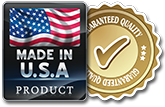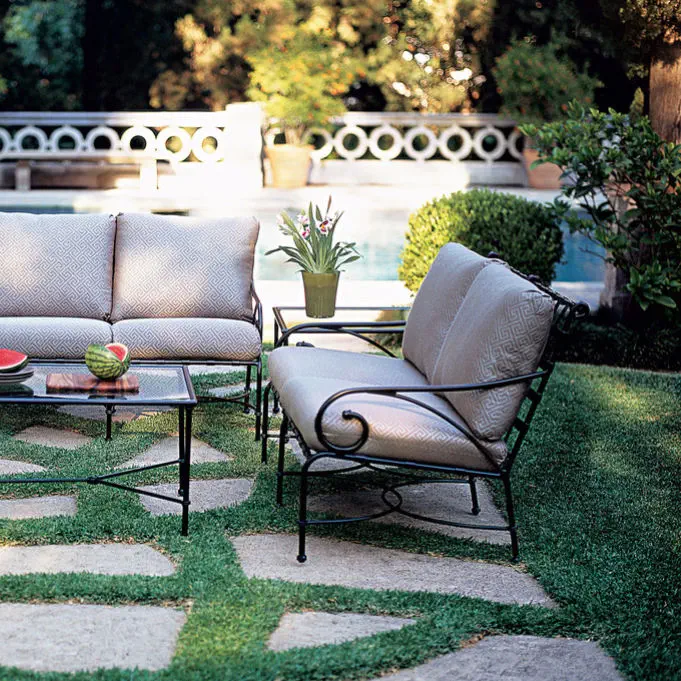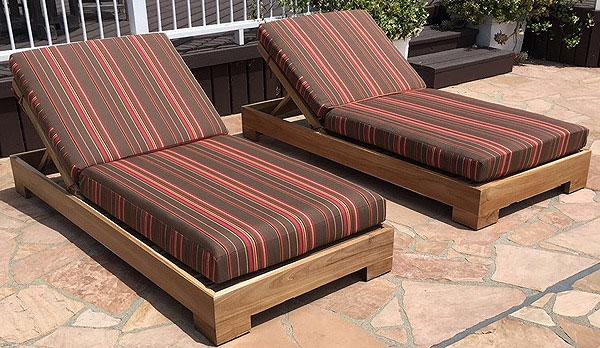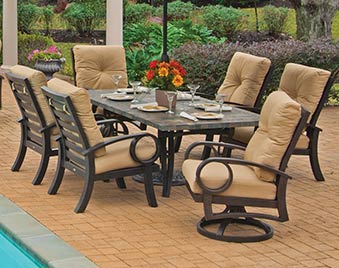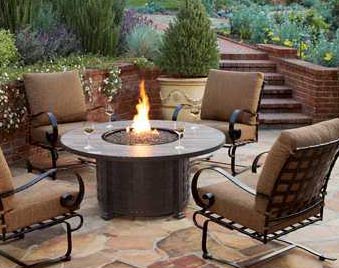Choosing the Best Outdoor Foam for Cushions
When it comes to outdoor furniture, cushions play a crucial role in providing comfort and style. However, not all foam is created equal. Choosing the right outdoor foam ensures longevity, durability, and resistance to the elements. Whether you’re upgrading patio cushions, boat seating, or poolside loungers, selecting the best foam can make all the difference.
Why Outdoor Foam Matters
Outdoor cushions face constant exposure to moisture, sunlight, and fluctuating temperatures. Standard indoor foam absorbs water, leading to mold and mildew growth. Additionally, UV rays break down inferior materials, causing cushions to deteriorate quickly. Investing in high-quality outdoor foam keeps your cushions comfortable, resilient, and easy to maintain.
Types of Outdoor Foam
Understanding the different types of outdoor foam helps in making an informed decision. Here are the top choices:
1. Open-Cell Foam
Open-cell foam is highly breathable and designed to drain water efficiently. It allows air to circulate, promoting quick drying and preventing mold buildup. Commonly known as Dry Fast foam, this type is ideal for areas prone to heavy rain or humidity. Its lightweight structure and excellent airflow make it a popular choice for marine and patio cushions.
2. Closed-Cell Foam
Unlike open-cell foam, closed-cell foam does not absorb water. This dense and firm foam is often used in boat cushions and flotation devices. Its water-resistant properties make it perfect for high-moisture environments. Although not as soft as other foams, closed-cell foam provides superior durability and support.
3. High-Density Polyurethane Foam
Polyurethane foam is an affordable option with moderate durability. While not entirely waterproof, certain high-density versions include antimicrobial treatments to resist moisture and mildew. This foam works well in covered outdoor spaces but requires a water-resistant cover for longevity.
Choosing the Right Foam for Your Needs
Selecting the best foam depends on your outdoor setup and climate conditions. If you experience frequent rain, open-cell foam ensures quick drying and breathability. For marine or poolside applications, closed-cell foam provides excellent water resistance. High-density polyurethane foam suits less exposed areas with moderate weather protection.
Maintenance Tips for Outdoor Foam Cushions
- Use water-resistant covers to enhance durability.
- Regularly clean cushions to prevent dirt and mold buildup.
- Store cushions in a dry place during extreme weather conditions.
Final Thoughts
Investing in high-quality outdoor foam extends the life of your cushions and enhances outdoor comfort. By choosing the right type for your needs, you can enjoy stylish, long-lasting seating that withstands the elements with ease.


